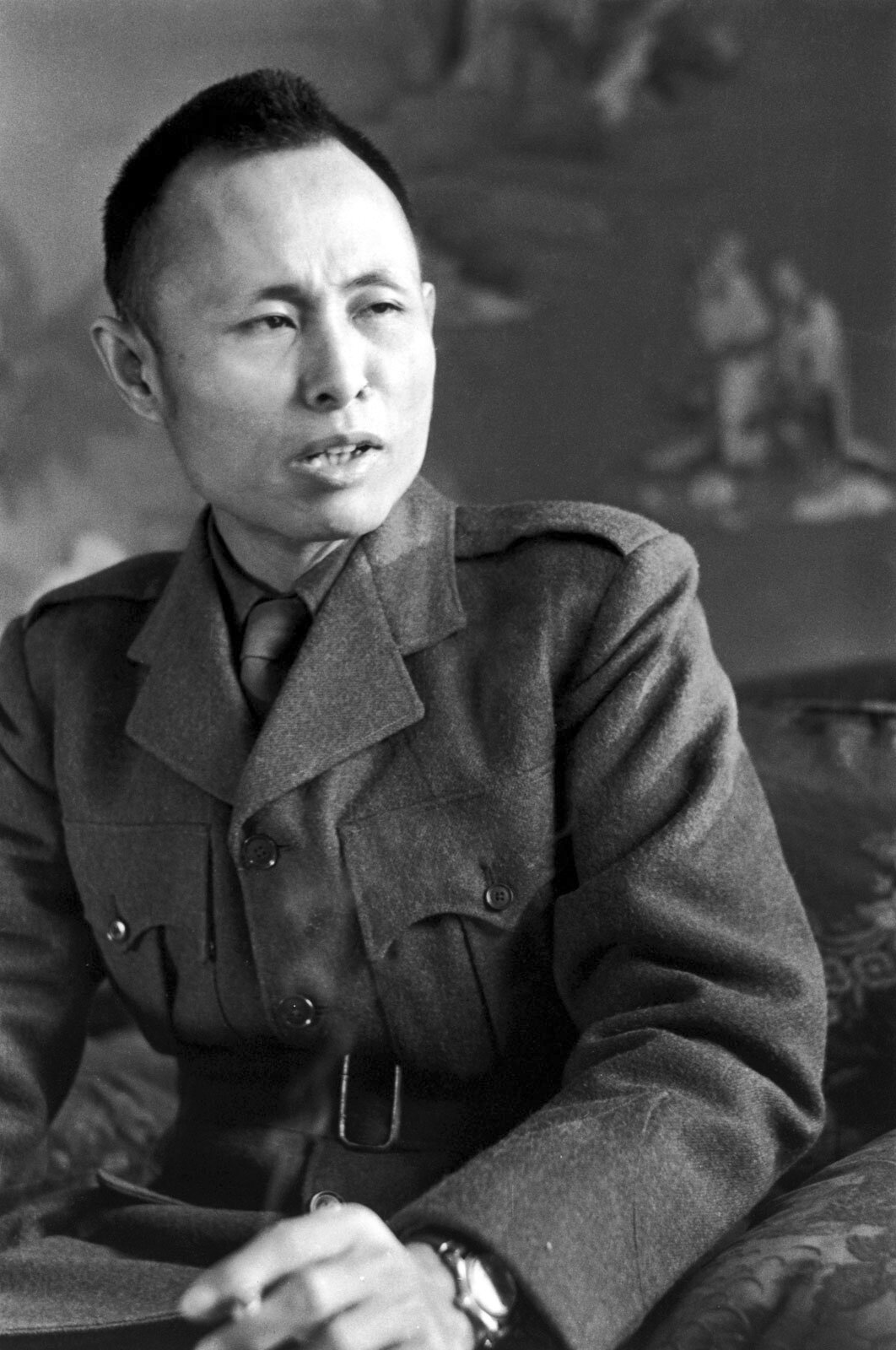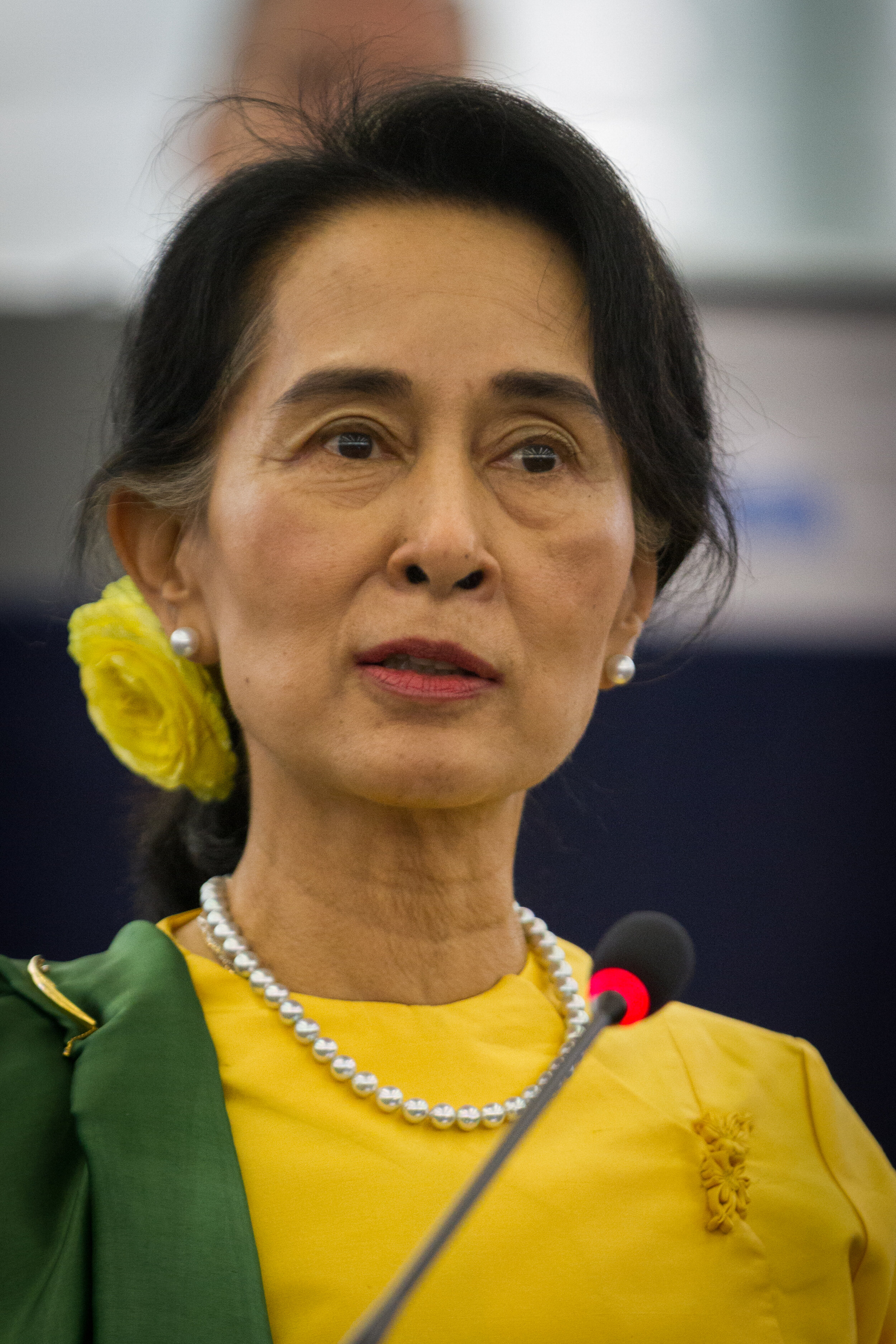A Very, Very Abridged History of Myanmar
Every visitor to Myanmar should understand something of the countries long and very, very complicated history. Read on for my very, very abridged history of Myanmar, cobbled together from my own reading, other articles, and wikipedia, of course.
Visiting Myanmar? Read my guide on what to expect here.
A brief history of Myanmar
I’m going to keep this is brief as I can;
3,500 years ago, or ‘back in the day,’ inhabitants of the Irriwaddy valley in Myanmar were farming rice, raising livestock and using bronze implements. This civilisation then adopted South India’s Theravada style of Buddhism, a legacy that ahs lasted until today: with over 80 per cent of Burma’s people identifying as Buddhist. In the 9th century AD a group of people from the north, of Myanmar, the Bamar, became dominant and founded the powerful kingdom of Pagan (today’s Bagan) and unified all of Burma by 1057, hence the old name, Burma, ie; Barma. After a couple of neighbouring kingdoms invaded, a few wars ensued and a few centuries elapsed, a guy called Bayinnaung, in the sixteenth century waged relentless war in order to gain territory, and essentially conquered all of Burma, Thailand and Laos. However, after his death sections of his empire began to fall away. Bayinnaung’s important to remember mainly because most of the later rules of Myanmar greatly admired him, and sought to emulate his empire.
In 1824 a unified Burma came face to face with Colonial Britain for the first time. You know, ‘that’ Britain, the one that had conquered like 80% of the known world. After three wars, the British conquered Burma in 1886 and made it a province of India. This part is really important; the British essentially transformed Burma into an export economy, changing industry to rice production, irrevocably altering the culture of Burma. They exploited cultural and ethnic division in Burma, and continued to reap unjust reward from the country for about a century. This all ended at start of the Second World War, when Aung San co-founded the Communist Party of Burma. Aung Sang made a (very shitty) deal with Japan for help in ridding Burma of the British colonialists. But, the Japanese invaded Burma in 1942, and basically replaced the British except more brutally. Aung San then quickly changed sides and negotiated with the British to drive out the Japanese. Flip flop much? The Japanese were successfully expelled from Burma in May 1945. However, many parts of the country lay in ruins, devastated by warfare. Aung San eventually managed to negotiate Burma’s independence from Britain in January 1947 and attempted to unify the ethnic minorities of the country to help unify Burma, which is significant, as it definitely did not work.
Aung San and his ministers then tried to draft the country’s constitution, but were then assassinated on 19 July 1947, at the instigation of an opposition politician. The fledgling government then faced heaps of challenges, disgruntled communist factions and ethnic groups, who felt excluded from the deeply Buddhist vision of the country. A lot of insurgencies, civil wars and terrorist activity started to take place, especially in the north of the country, often instigated by China, who were real keen to meddle in Burmese politics. The days of democracy in Burma were numbered, and after a coup 1962, the country’s military dictatorship began. The new constitution was suspended, opposition political parties and student’s unions were banned, the press was completely silenced and the country was closed off to the rest of the world, and would remain so for the next 40 years. The military dictatorship purged the country of people of Indian extraction, left there by the British, who had formed a significant part of its commercial and administrative backbone. All major industry was nationalized. Insurgency continued and was answered by state force. The country was driven to economic ruin, as the new rulers seemed to know nothing of International relations, managing an economy, or pretty much anything outside of subjugation, so you know, not great leaders. Burma was eventually labelled by the U.N as one of the ‘least developed countries’ on earth.
As Burma continued to decline and become increasingly cut off from the rest of the world, the lives of the common people descended, with state sanctioned killings, no ability to vote for opposition parties or read a free press, and limited freedom to contact the outside world. For about 20 years things remained so until the ‘democracy summer’ of 1988, when a range of demonstrations occurred. As happens under a Junta, troops began firing into the crowds, killing over 3,000 people in a horrific massacre. People were forced to flee the country, but they continued their resistance, forging alliances with the ethnic nationalities’ resistance movements. In Rangoon, Aung San’s daughter Aung San Suu Kyi (whom my family named our first cat after) was approached to join the new democracy movement. She was then placed under house arrest and remained there for the next 20 years. However, as you probably know, she became the symbol and figure of Burmese democracy, representing From the 1990’s until 2010 the Military junta refused to hand over power despite elections voting in Aung San Suu Kyi’s party several times. Finally, in 2010, the Junta handed over some power in the country, and her party gained control over the government, leading to the country opening its borders to foreign investment, tourists and aid, hence our ability to visit in 2016.
As noted above, this is a very, very brief history of Myanmar. For more information, head to Britannica here, or some of the excellent articles VICE have written on the topic over here. For anyone visiting Myanmar, please check out our guide on visiting over here.
Any questions, queries or concerns? Hit us up in the comments below!
















Everything you need to know before visiting Myanmar in one tidy blog post